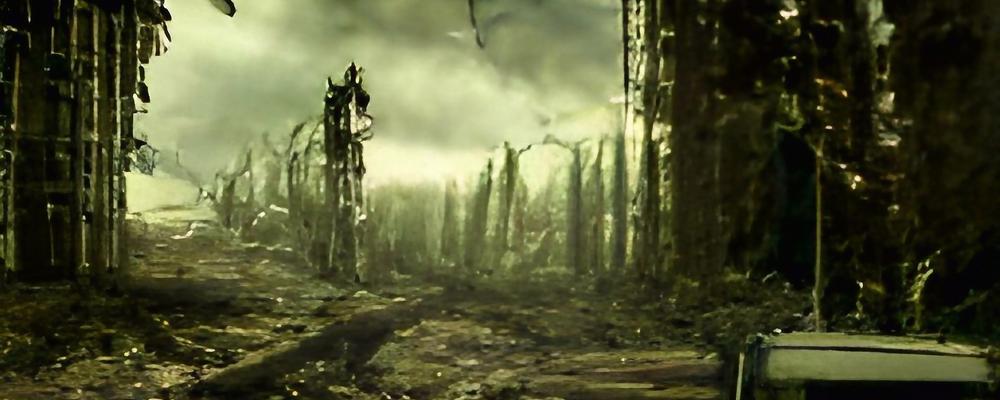Dystopian themes are notably pervasive in today’s popular culture. We typically encounter them via various modes of storytelling (e.g., literature/film/TV), as a central, genre-defining setting for a narrative, but they also feature explicitly or implicitly in many other forms of cultural expressions, such as advertisements, games, art, lyrics, podcasts, fashion, to name but a few. This prevalence has ostensibly boosted the use of ‘dystopia/n’ as a descriptor outside of such contexts/expressions, for example in news reportage, political discourse, science journalism, business/financial news, likely for its powerful rhetorical effect (as a so-called ‘fear appeal’, cf. McAlear 2010, Panay 2017).
Despite their characteristically bleak and brutal themes, dystopias strike a chord with us; in various forms of entertainment, we find them compelling and intriguing. Explanations for this fascination abound; perhaps we embrace these worst-case extrapolations of current realities because they allow us to vicariously explore the challenges they present (cf. Berger 1999; DiTommaso, 2014). We may also interpret them as social commentary (à la Jameson 2007) or indicators of a grim future we can still prevent. Additionally, we may seek consolation in the ways dystopias highlight what it means to be human in a dramatically dehumanized world (cf. Filipovic, 2019).
This study surveys how dystopias are packaged and presented to us in storytelling and beyond. With an eclectic and muti-layered approach, I discuss the symbolic value of dystopias and dystopian imagery, how these are used in their various forms, how we relate to them, and why, despite the ostensible contradiction, we love these futures we hate.
